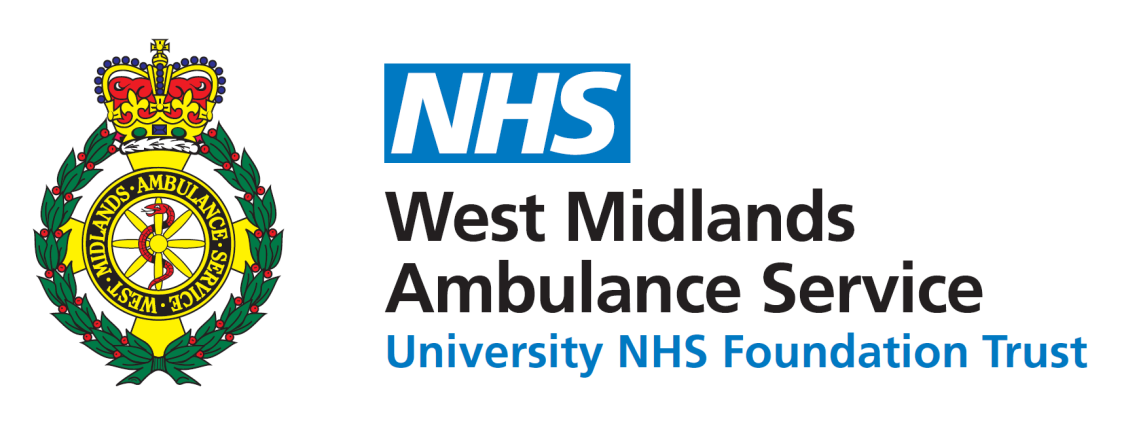Introduction
A significant proportion of patients with Coronavirus Disease-19 (COVID-19) have hypertension and are treated with renin-angiotensin system (RAS) inhibitors, namely angiotensin-converting enzyme I inhibitors (ACE inhibitors) or angiotensin II type-1 receptor blockers (ARBs). These medications have been postulated to influence susceptibility to Severe Acute Respiratory Syndrome Coronavirus-2 (SARS-CoV-2). The objective of this study was to assess a possible association between prescription of RAS inhibitors and the incidence of COVID-19 and all-cause mortality.
Methods
We conducted a propensity-score matched cohort study to assess the incidence of COVID19 among patients with hypertension who were prescribed ACE inhibitors or ARBs compared to patients treated with calcium channel blockers (CCBs) in a large UK-based primary care database (The Health Improvement Network). We estimated crude incidence rates for confirmed/suspected COVID-19 among those prescribed ACE inhibitors, ARBs and CCBs. We used a Cox proportional hazards model to produce adjusted hazard ratios for COVID-19 comparing patients prescribed ACE inhibitors or ARBs to those prescribed CCBs. We further assessed all-cause mortality as a secondary outcome and a composite of accidents, trauma or fractures as a negative control outcome to assess for residual confounding.
Results
In the propensity score matched analysis, 83 of 18,895 users (0.44%) of ACE inhibitors developed COVID-19 over 8,923 person-years, an incidence rate of 9.3 per 1000 personyears. 85 of 18,895 (0.45%) users of CCBs developed COVID-19 over 8,932 person-years, an incidence rate of 9.5 per 1000 person-years. The adjusted hazard ratio for suspected/confirmed COVID-19 for users of ACE inhibitors compared to CCBs was 0.92 It is made available under a CC-BY-NC-ND 4.0 International license . preprint (which was not certified by peer review) is the author/funder, who has granted medRxiv a license to display the preprint in perpetuity. medRxiv preprint doi: https://doi.org/10.1101/2020.09.17.20196469.this version posted September 18, 2020. The copyright holder for this 3 (95% CI 0.68 to 1.26). 79 out of 10,623 users (0.74%) of ARBs developed COVID-19 over 5010 person-years, an incidence rate of 15.8 per 1000 person-years, compared to 11.6 per 1000 person-years among users of CCBs. The adjusted hazard ratio for suspected/confirmed COVID-19 for users of ARBs compared to CCBs was 1.38 (95% CI 0.98 to 1.95). There were no significant associations between use of ACE inhibitors or ARBs and all-cause mortality, compared to use of CCBs. We found no evidence of significant residual confounding with the negative control analysis.
Conclusion
Current use of ACE inhibitors was not associated with the risk of suspected or confirmed COVID-19 whereas use of ARBs was associated with a statistically non-significant 38% relative increase in risk compared to use of CCBs. However, no significant associations were observed between prescription of either ACE inhibitors or ARBs and all-cause mortality during the peak of the pandemic.




